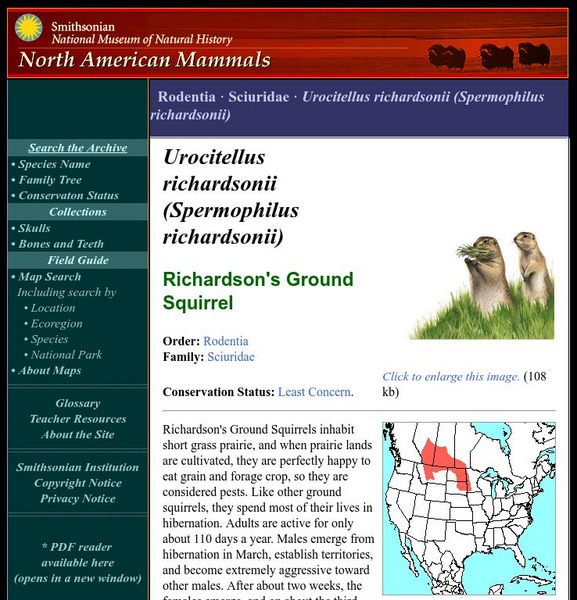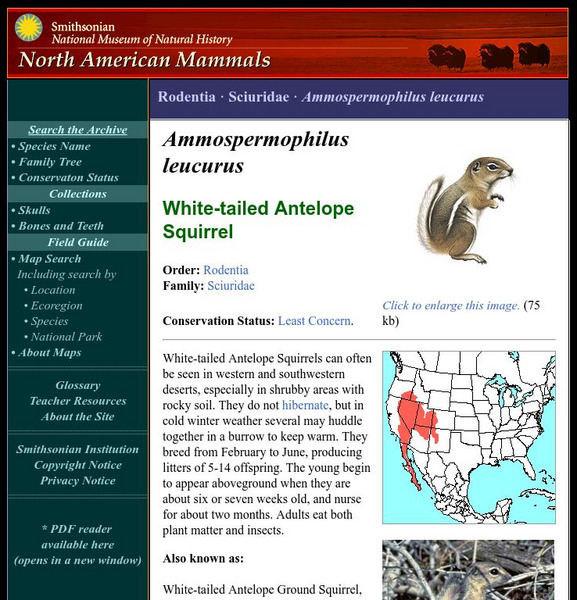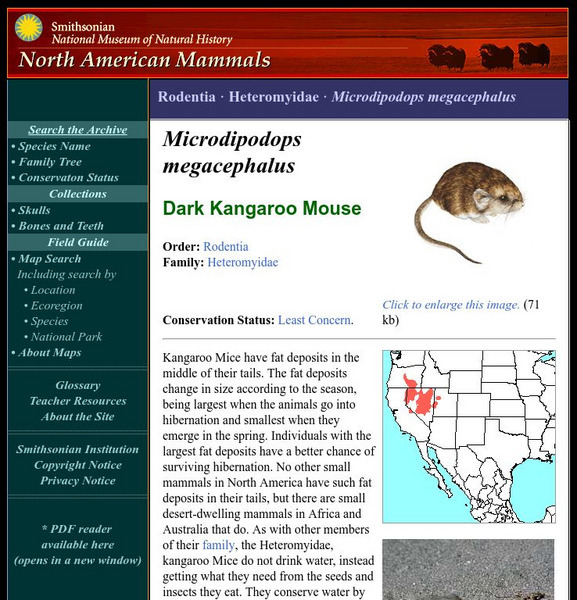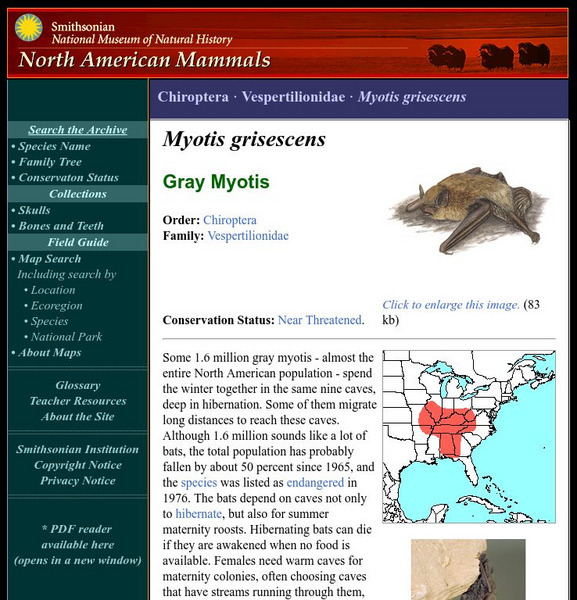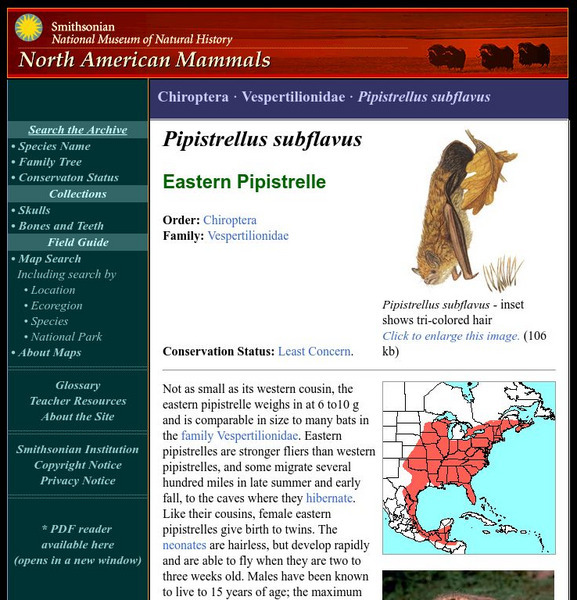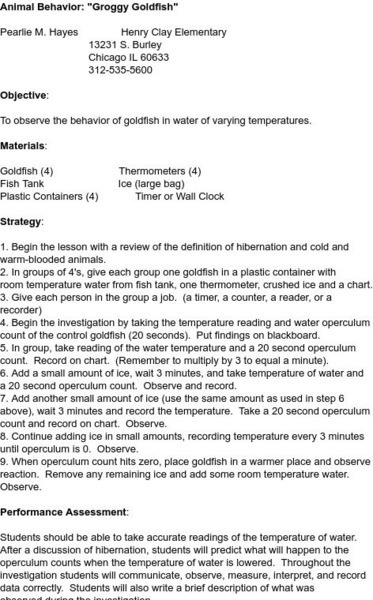Environmental Education for Kids
Eek!: Under in the Mud Read Aloud | Story Edventures
Under in the Mud by Laureanna Raymond-Duvernell takes you into the wintering world of ten Wisconsin animals as you listen to her read the book and talk about the animals in it. Learn about how animals hibernate, migrate, and adapt to...
Better Lesson
Better Lesson: Student, Student, What Do You See?
Most bears are getting ready to hibernate this time of year. NOT IN MY ROOM! These little brown bears will be on the hunt for shapes they see.
PBS
Dialogue for Kids: Bear Facts & Information
This Dialogue for Kids site by the Idaho Department of Fish and Game features detailed information on bears, their lifestyle, habitat, and much more. Links and lesson plans can be found here as well.
Smithsonian Institution
National Museum of Natural History: American Mammals: Richardson's Ground Squirrel
Richardson's Ground Squirrels inhabit short grass prairie, and when prairie lands are cultivated, they are perfectly happy to eat grain and forage crop, so they are considered pests. Like other ground squirrels, they spend most of their...
Smithsonian Institution
National Museum of Natural History: American Mammals: White Tailed Antelope Squirrel
White-tailed Antelope Squirrels can often be seen in western and southwestern deserts, especially in shrubby areas with rocky soil. They do not hibernate, but in cold winter weather, several may huddle together in a burrow to keep warm....
Smithsonian Institution
National Museum of Natural History: American Mammals: Dark Kangaroo Mouse
Kangaroo Mice have fat deposits in the middle of their tails. The fat deposits change in size according to the season, being largest when the animals go into hibernation and smallest when they emerge in the spring. Learn more about the...
Smithsonian Institution
National Museum of Natural History: American Mammals: Gray Myotis
Some 1.6 million gray myotis - almost the entire North American population - spend the winter together in the same nine caves, deep in hibernation. Learn more about the Myotis grisescens, more commonly known as a Gray Myotis, in this...
Smithsonian Institution
National Museum of Natural History: American Mammals: Eastern Pipistrelle
Not as small as its western cousin, the eastern pipistrelle weighs in at 6 to10 g and is comparable in size to many bats in the family Vespertilionidae. Eastern pipistrelles are stronger fliers than western pipistrelles, and some migrate...
Science and Mathematics Initiative for Learning Enhancement (SMILE)
Smile: Animal Behavior
Lesson plan that allows students to investigate the effect of water temperature on fish behavior. Students measure, collect data, and interpret the results.
Other popular searches
- Hibernation Migration
- Preschool Hibernation
- Winter Animals Hibernation
- Hibernation and Migration
- Bear Hibernation
- Animal Hibernation
- Hibernation Winter
- Bears Hibernation
- Hibernation in the Winter
- Animal Migration Hibernation
- Animals and Hibernation
- Bear Hibernation and Stories

